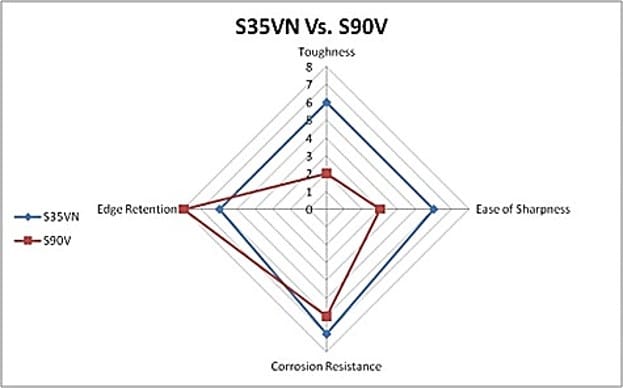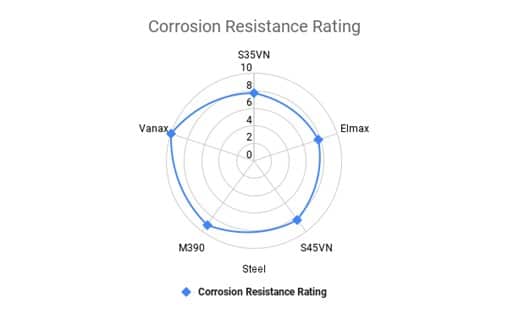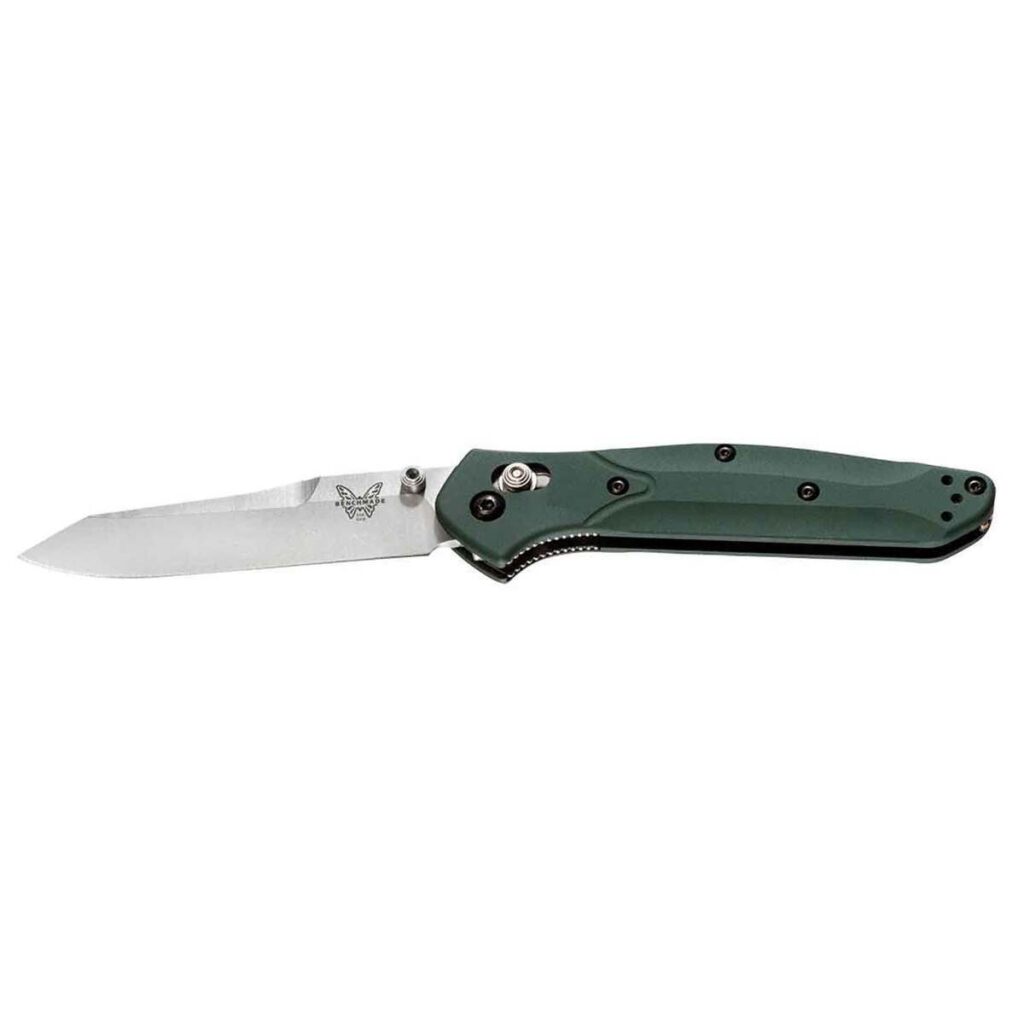Back when my ancestors lived in caves and were scared of saber-tooth cats, I’m pretty sure that old gramps never left home without his trusty knife. And while Mr. Saber-tooth is long gone, never leave your own “cave” without your own knife, commonly known today as an EDC – Every Day Carry.
Choices are many and can sometimes depend on your normal uses for it. If you’re in an office and 90% of its use will be to slice open letters or delivery boxes, the knife you choose to carry every day may be far different than if you work on a farm. Here are basic considerations. Pick a knife you want to carry every day. Choose a knife you don’t mind getting messy or dirty. Choose a knife that is easy to carry, which basically revolves around size and weight; nobody wants a brick in their pocket, so the lighter and easier to carry the knife is, the more likely you are to carry it. Choose a knife that is fun and practical to use.
We aren’t talking knife combat. While almost any knife could provide some degree of defense, an EDC isn’t primarily that, except for, perhaps, if you are in our military and have “a very particular set of skills.” Second, I personally buy American on these, as American makers often more fully-divulge key parameters like type of steel used for the blade. But if you have something from a maker such as Boker (Böker), made in Solingen, Germany, you have a great knife so don’t worry. In any case, you’ll need to start looking at knife qualities including: edge retention (ability to hold its sharpness during use); toughness (ability to resist chipping or complete failure [it snaps] during really hard use, like “batoning” using a baton-sized stick to strike the spine of a knife, to drive it through wood, something I would never try): hardness (ability to resist deforming); corrosion resistance (a steel’s capability to resist and prevent corrosion such as rusting, especially in humid conditions); ease of sharpening. Read multiple sources, as its interesting. The rub is that some of these characteristics work against each other!
Now to the blade’s steel. You’ll start seeing terms like D2, M390, S30V, S35VN, S90V, Elmax, and so many more it will make your head swim. But never fear, most discussions on the Internet also use diagrams that compare two sample steels. Because it is the type of steel in your knife blade that will determine its cost and character. So if you are looking at a knife and cannot find the type of steel used, you may want to move on, because without knowing the steel, you could be guessing how it will turn out. Would you buy a firearm, without knowing its caliber?
Here is a diagram comparing S35VN steel to S90V with respect to toughness, edge retention, ease of sharpness, and corrosion resistance (VERY important if you live near bodies of water or in a humid climate.) The further away from the center of the diamond, the higher that steel is rated in that particular category. In this case, S35VN has higher ratings than S90V in everything but edge retention, but if edge retention is really important for you, you might end up wanting that.
Sometimes a diagram looks like this next one, which in this case presents just one category, corrosion resistance, and then shows five types of steel and how well they do in this. Again, the further away from the center the rating is, the stronger the rating. Vanax is the best of these five steels shown, but all five score high in this category.
Let’s get to five makers. Benchmade (Oregon) A premium company, all kinds of steel and products, known for their AXIS lock where the blade remains more secure. Free LifeSharp maintenance (they’ll re-sharpen it!) Downside? The get expensive in a hurry. But at least visit their website because it doesn’t cost to look. Here’s the Osborne model.
Buck (Idaho). Been around a long time. BUCK Forever Warranty. Extremely reasonable prices. Downside? Some can be a little heavy.
Case (Pennsylvania). Also known for making small folding multi-blade knives, and if that fits your EDC needs, get one. Lots of S35VN. Kinzua line looks fascinating. Mid-range prices. Downside? One variation is all camouflage, including blade. If you drop it, will you be able to find it?
Emerson (California). Lots of 154CM. Known for fighting knives, but several models are EDC. Downside? Can be pricey.
Microtech (North Carolina). AWESOME knives. With almost every variety, its tough narrowing down what you want. Downside? Can be pricey. Microtech does not commit to a specific steel type for a given model; rather, they constantly switch the steel from what they have available. Sometimes it can just be labeled Premium Steel. But with some research you can find out the particular steel that you are holding.
Then you’ll decide on blade length, type of opening such as manual or automatic (following legal requirements where you live). OTF means the blade comes out the front in an auto knife. Hold it, and try opening and closing it, BEFORE you buy it.
Finally, don’t do what I did. No matter what you think you know, if you have ANY knife on you, or in a carry-on bag going through TSA at an airport, they will almost certainly confiscate it! And if you bitch, they might go bad-ass and not let you board the plane. Plan ahead or lose your EDC. Because there’s nothing sadder than losing a faithful friend.


